
Abraham Lincoln (February 12, 1809 – April 15, 1865) served as the 16th President of the United States from March 1861 until his assassination in April 1865. He successfully led his country through its greatest internal crisis, the American Civil War, preserving the Union and ending slavery. Before his election in 1860 as the first Republican president, Lincoln had been a country lawyer, an Illinois state legislator, a member of the United States House of Representatives, and twice an unsuccessful candidate for election to the U.S. Senate. As an outspoken opponent of the expansion of slavery in the United States,[1][2] Lincoln won the Republican Party nomination in 1860 and was elected president later that year. His tenure in office was occupied primarily with the defeat of the secessionist Confederate States of America in the American Civil War. He introduced measures that resulted in the abolition of slavery, issuing his Emancipation Proclamation in 1863 and promoting the passage of the Thirteenth Amendment to the Constitution. Six days after the large-scale surrender of Confederate forces under General Robert E. Lee, Lincoln became the first American president to be assassinated.
Lincoln had closely supervised the victorious war effort, especially the selection of top generals, including Ulysses S. Grant. Historians have concluded that he handled the factions of the Republican Party well, bringing leaders of each faction into his cabinet and forcing them to cooperate. Lincoln successfully defused the Trent affair, a war scare with Britain late in 1861. Under his leadership, the Union took control of the border slave states at the start of the war. Additionally, he managed his own reelection in the 1864 presidential election.
Copperheads and other opponents of the war criticized Lincoln for refusing to compromise on the slavery issue. Conversely, the Radical Republicans, an abolitionist faction of the Republican Party, criticized him for moving too slowly in abolishing slavery. Even with these opponents, Lincoln successfully rallied public opinion through his rhetoric and speeches; his Gettysburg Address (1863) became an iconic symbol of the nation's duty. At the close of the war, Lincoln held a moderate view of Reconstruction, seeking to speedily reunite the nation through a policy of generous reconciliation. Lincoln has consistently been ranked by scholars as one of the greatest of all U.S. Presidents.
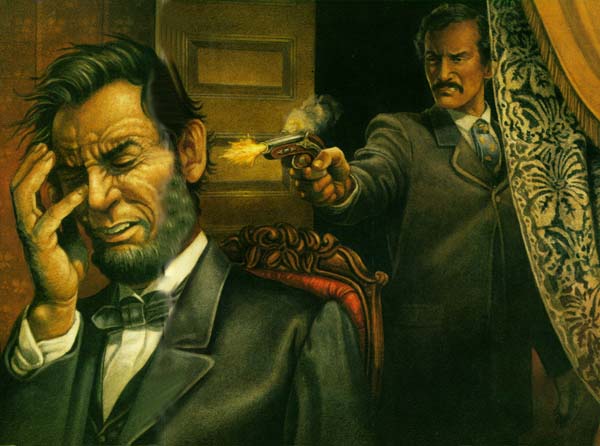 Abraham Lincoln
Abraham Lincoln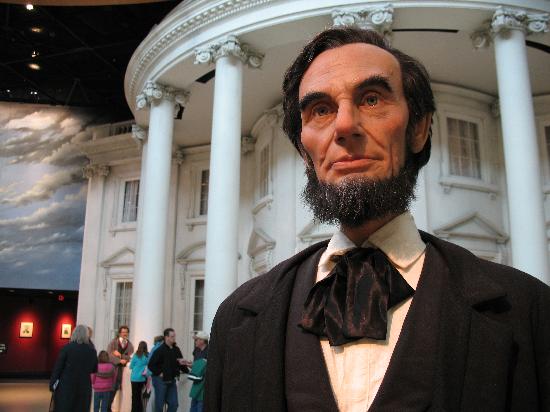 Abraham Lincoln
Abraham Lincoln Abraham Lincoln
Abraham Lincoln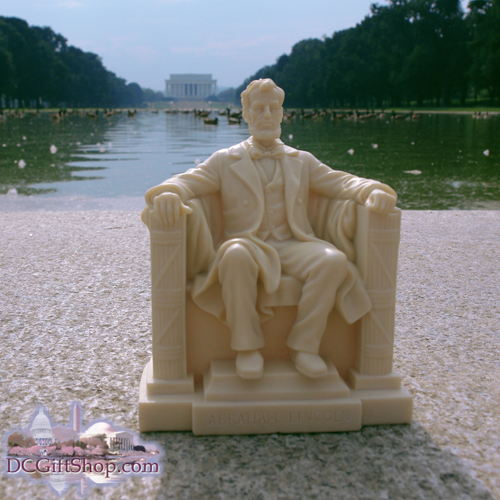 Abraham Lincoln
Abraham Lincoln












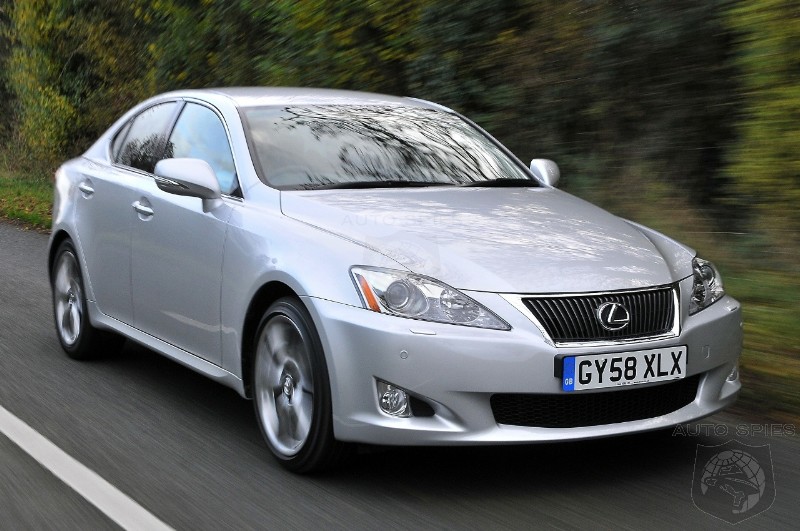



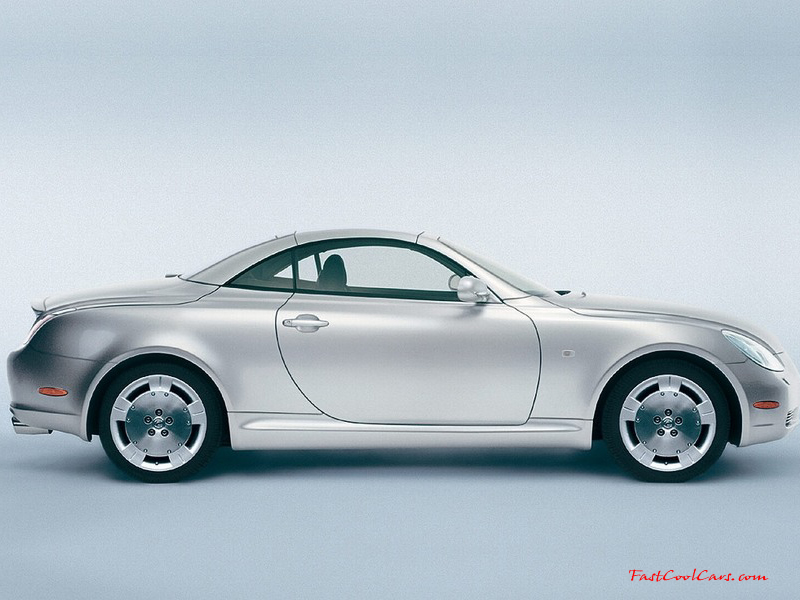











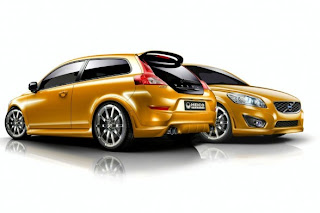 2010 HEICO SPORTIV Volvo
2010 HEICO SPORTIV Volvo 2010 HEICO SPORTIV Volvo Car
2010 HEICO SPORTIV Volvo Car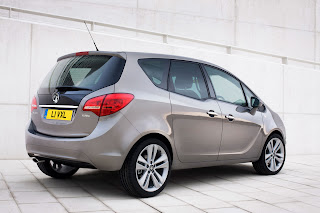 2010 Vauxhall Meriva Car
2010 Vauxhall Meriva Car 2010 Vauxhall Meriva
2010 Vauxhall Meriva  2010 Toyota FT-CH
2010 Toyota FT-CH 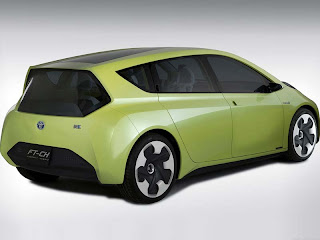 2010 Toyota FT-CH Concept Car
2010 Toyota FT-CH Concept Car 2010 Toyota FT-EV II Concept Car Picture
2010 Toyota FT-EV II Concept Car Picture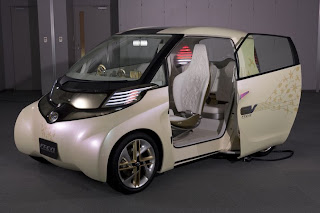 2010 Toyota FT-EV II Concept
2010 Toyota FT-EV II Concept




 Cadillac Xlr
Cadillac Xlr Cadillac 2007 car
Cadillac 2007 car Cadillac Cts V
Cadillac Cts V Cadillac Concept car
Cadillac Concept car
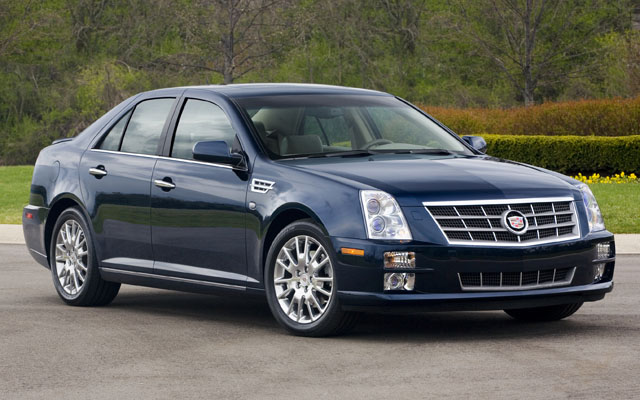 Cadillac Sts 2008
Cadillac Sts 2008 Cadillac
Cadillac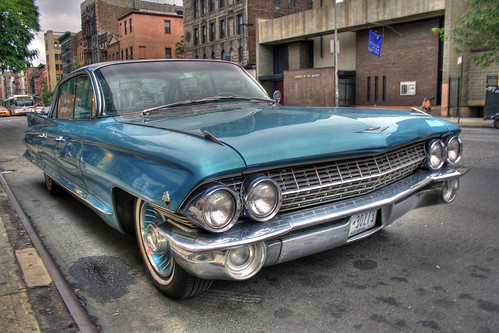 Classic 1961 Cadillac
Classic 1961 Cadillac



